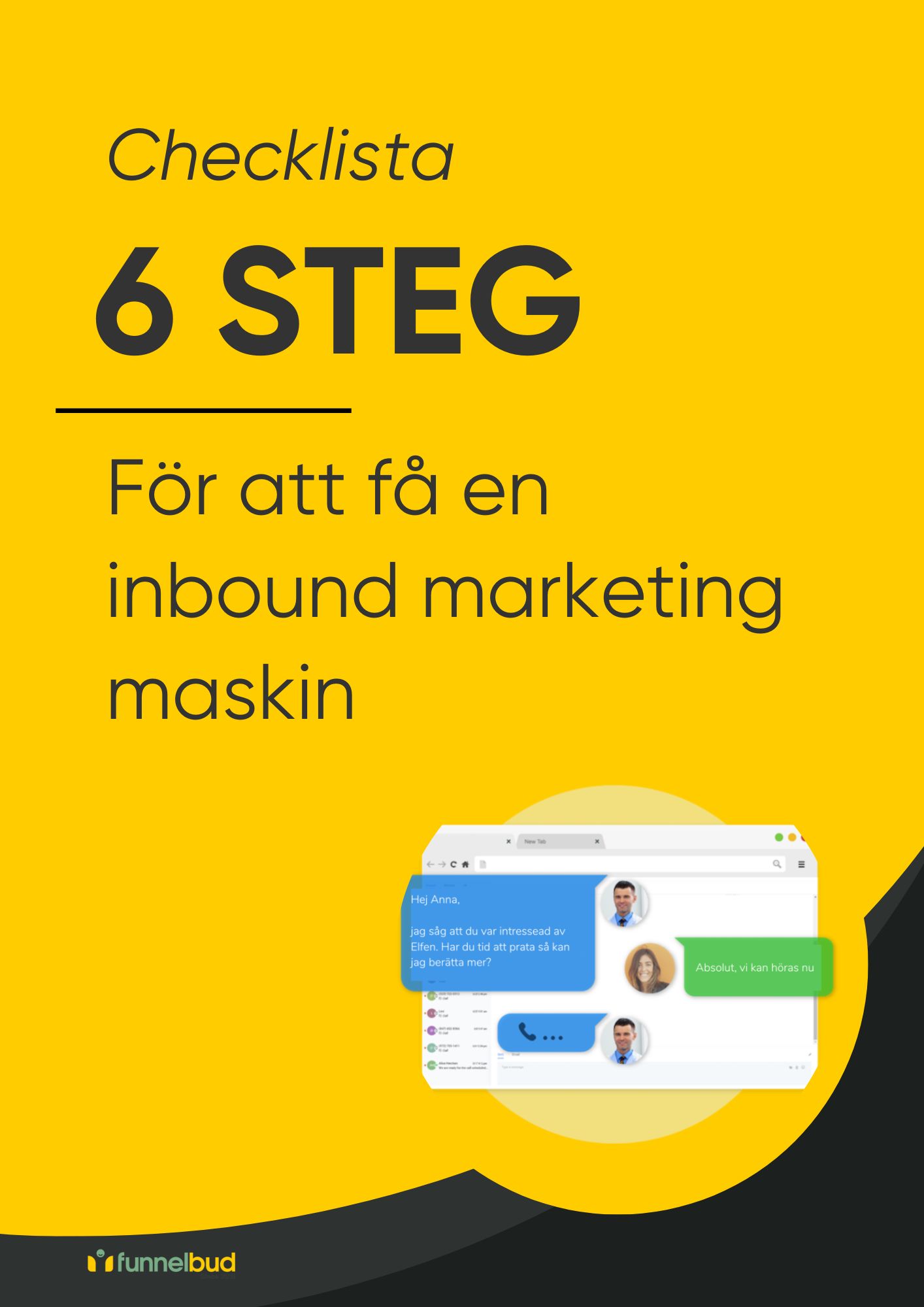Set strategy and plan for personas, keywords, content, channels and campaigns.
The goal of B2B marketing
Your target groups are trying to get a job done. To get this job done, they may rely on different types of solutions, including products, of which you are a candidate.
But before they can see why your product is better, they need to understand why your way of getting the job done is better than all the alternative methods out there.
They also need to find you in practice. And once they've found you, you need to lead them from the mindset they're in then, to the mindset they need to be in to click with you - i.e. give them insights that make them understand why your way of getting their job done is the best way.
To achieve this, we have developed an 8-step methodology for developing a B2B marketing strategy.
B2B marketing: Developing a strategy in 8 steps
A B2B marketing strategy consists of, basically, the following components:
- Jobsyour target groups are trying to get done: List the different "jobs" your target groups are trying to get done (see Clayton Christensen's theory of "Jobs to be Done").
- Insights: Compare your way of getting these jobs done with alternative methods (including competitors), understand why your way is better, and what insights are needed to appreciate your way more than the alternatives.
- Personas: Segment your audiences into personas depending on what jobs they are trying to get done.
- Early keywords: Understand what symptoms these audiences experience before they are aware that they need to get these jobs done - and thus what they are likely to google when trying to solve these problems.
- Late keywords: Understand what they are googling after they are aware of what job they are trying to get done and when they are searching for solutions.
- Insight journeys: Create content journeys that lead your audience from the symptoms they experience to the insights they need to appreciate your solution.
- Content map: Map these content journeys to your different channels (social media, blog, website or websites, sales process, other external channels).
- Content plan: Which campaigns should be published and where, what should they contain, and what should your marketing funnels look like?
Example of a B2B marketing strategy
We went through our strategy workshop ourselves, and you can see the results on this website and our blog. Here is the outcome of our strategy:
Bridge | Outcome |
|---|---|
1: Jobs to do | After market research and conversations with customers, we have found that our customers have three clear jobs: they want to sell more, increase engagement with their leads, and automate their marketing. Within these jobs, there are several "sub-jobs" that need to be done. |
2: Insights | To get these jobs done, our clients hire complicated all-in-one systems, multiple niche systems that they try to cobble together, or consultants to do the work for them. The most important insight we want to convey is that buying large systems or multiple niche systems is like buying a big box of lego - if you haven't built ships before, it requires a lot of time-consuming trial-and-error, and most customers don't use even a fraction of the functionality. And if you hire consultants, you often pay unnecessarily for the system separately and the consultants separately, and the consultants have cortical incentives (to increase the number of invoiced hours). |
3: Personas | We have three distinct personas, one for each overall job above: 1) The entrepreneurial CEO who is trying to grow their business (sell more), 2) the customer-centric marketer who wants to create a connection with their leads (increase engagement), and 3) the process-thinking systems marketer who wants to create a fully automated and scalable sales and marketing machine (automate). |
4 and 5: Early and late keywords | We have created a large list of keywords that we know our target audience is looking for. |
6: Insight trips | We have grouped these keywords based on what job those searching for them are likely to be trying to get done. For each group (job to do), we have defined which of the above insights the target audience needs to understand to want our solution over other ways of getting the job done. |
7: Conten safe | Our target audience finds us by searching the above problem-based keywords. They then end up on our blog. In each blog post, we try to satisfy what we think they were looking for, while talking about what job they are probably trying to get done, and writing about the insights they need to know to understand how they can get that job done best with our solution. |
8: Content plan | We have created a plan that shows how often we will blog, how often we will communicate with our target audience, what funnels we will create, how often we will create these funnels, and how often and what we will measure and create new content plan. |
B2B marketing strategy with FunnelBud
We can help you develop a strategy from start to finish using the methodology above, or work with you as an ongoing coach, providing advice and tips along the way.
Below are examples of the B2B marketing strategy packages we offer:
Download your checklist:
6 steps to get started with inbound marketing

